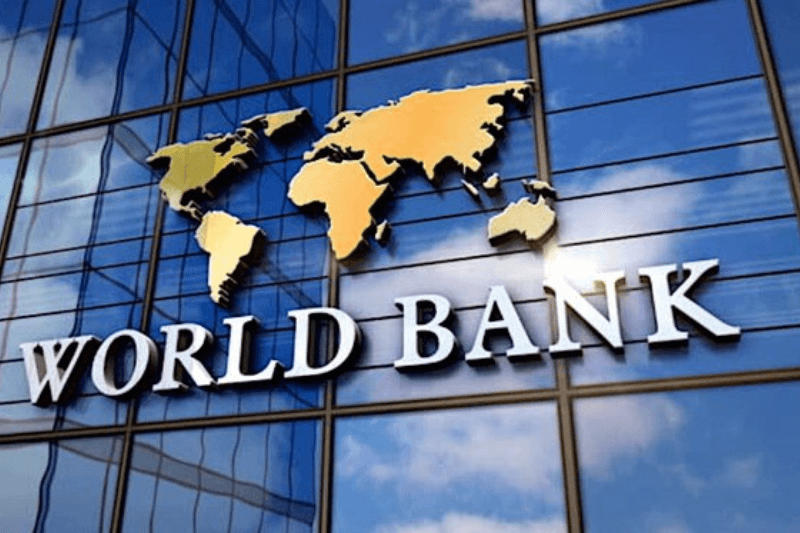World Bank Group classifies the world’s economies[1] into four income categories: low, lower-middle, upper-middle and high. Categories are updated annually on 1 July, based on GNI per capita for the previous calendar year. The GNI measures are expressed in US dollars using conversion factors derived from the Atlas method, which in its current form was introduced in 1989. Income classification at the World Bank aims to reflect a country’s level of development, using Atlas GNI per capita as a widely available indicator of economic capacity.
Country classification into income categories has evolved significantly since the late 1980s. In contrast, in 1987, 30% of reporting countries were classified as low-income and 25% as high-income. This ratio has fallen to 12% in the low-income category and 40% in the high-income category by 2023.
The world economy is becoming increasingly evenly divided between the advanced, high-income economies and the developing world. A number of emerging countries aspire to achieve high-income status, which confers prestige and economic advantages.
The BRICS group’s leading members, China, India, Brazil and South Africa, are all among the hundred or so countries seeking to make the transition from developing to developed economy. These big economies have grown rapidly in recent decades, lifting millions of people out of poverty.
Their ambitions, however, are coming up against numerous obstacles. The World Bank’s World Development Report 2024 underlines this, highlighting the middle-income trap.
“The prospects for these middle-income countries are not promising. Over the past 30 years, only 34 middle-income economies have managed to move from middle-income to high-income status. The rest are stuck in the middle-income trap,” said Somik Lall, Senior Advisor to the World Bank Group’s Chief Economist and Director of the World Development Report 2024.
Between now and the end of 2023, 108 countries will be classified as middle-income countries, each with an annual GDP per capita of between $1,136 and $13,845. To move from one class to another, the World Bank defines the conditions that must be met.
Keep Reading
In order for a country to move from middle-income to high-income status, it must implement a strategy known as the “3i”. The first consists of increasing investment with the help of “1i”, which is very important. However, when the benefits of investment start to fade, the economy needs to move on to ‘infusion’, which involves getting ideas from the rest of the world and spreading them throughout the world.
Six billion people live in these countries, 75% of the world’s population and two out of three live in extreme poverty.

